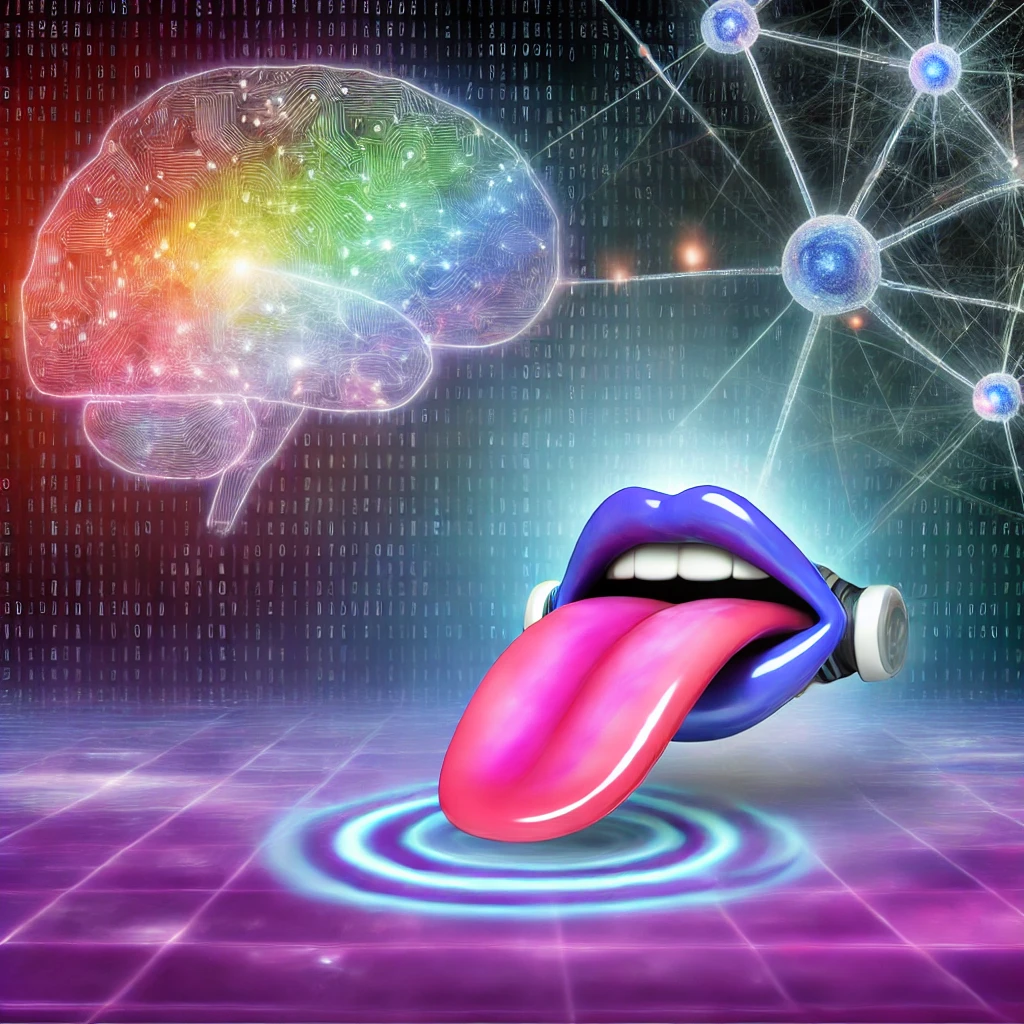Researchers have developed a groundbreaking device known as an “electronic tongue” that can reveal the inner workings of AI systems in a way never seen before. This sensory technology, initially created to mimic the human sense of taste, has now evolved into a tool for understanding how AI processes information and makes decisions.
The electronic tongue, when connected to advanced AI models, can “taste” data by analyzing complex patterns in the information fed to the AI. By interpreting how the AI responds to different stimuli, researchers are uncovering the digital equivalent of the AI’s inner thoughts—an abstract map of the decision-making process. The technology offers an unprecedented look into how neural networks weigh options, adapt to new inputs, and generate outputs, bridging the gap between human understanding and artificial intelligence.
This breakthrough could lead to major advances in AI transparency and ethics, helping scientists and developers decode how AI reaches conclusions. It also opens new possibilities for refining AI systems to ensure their behavior aligns with human values and safety standards.





